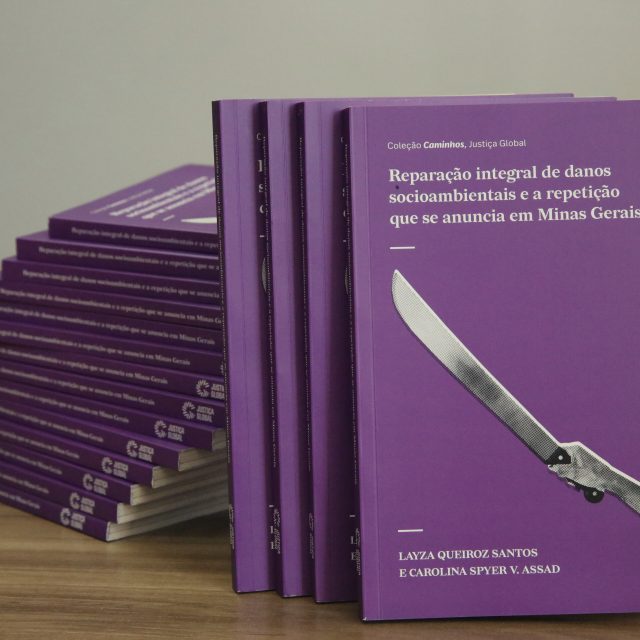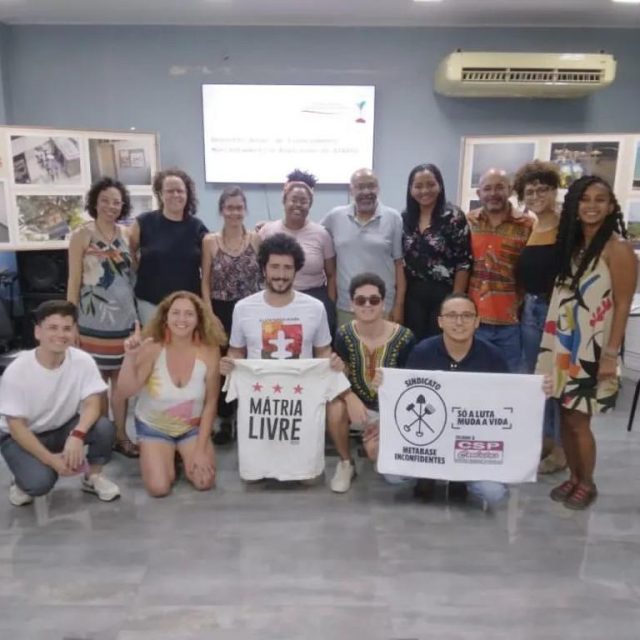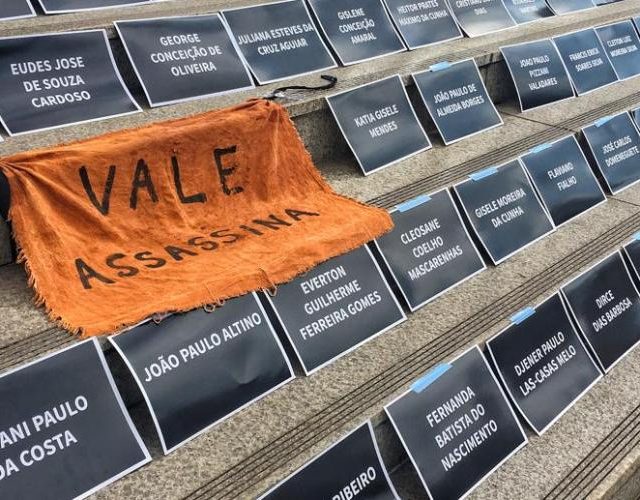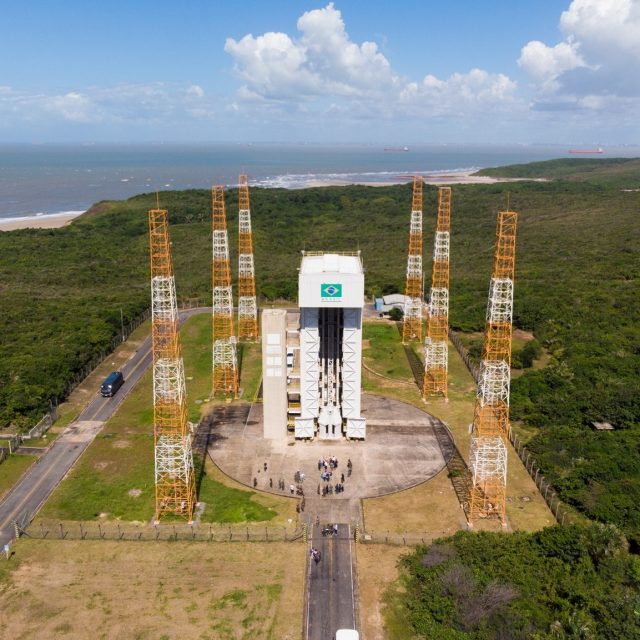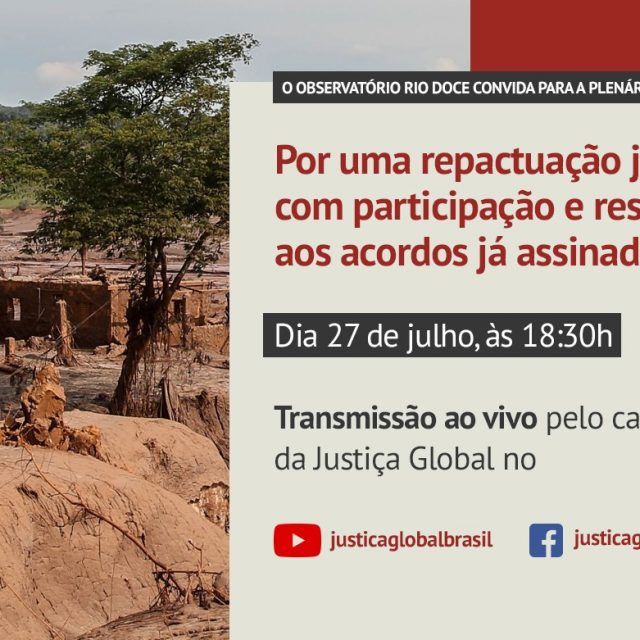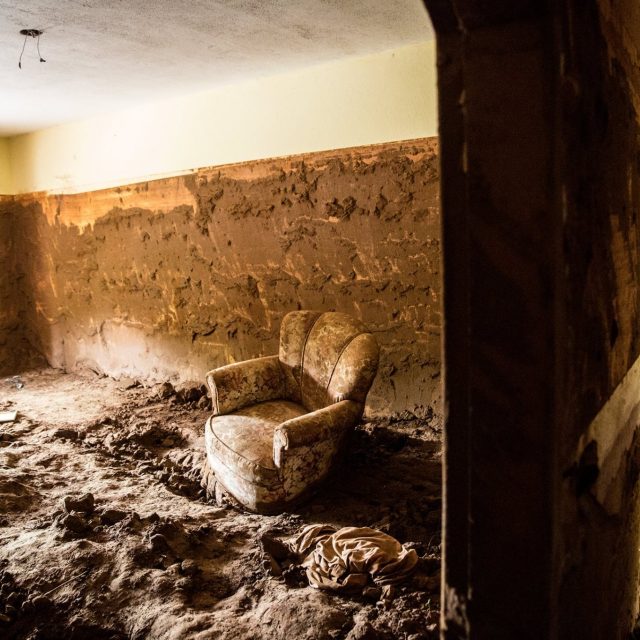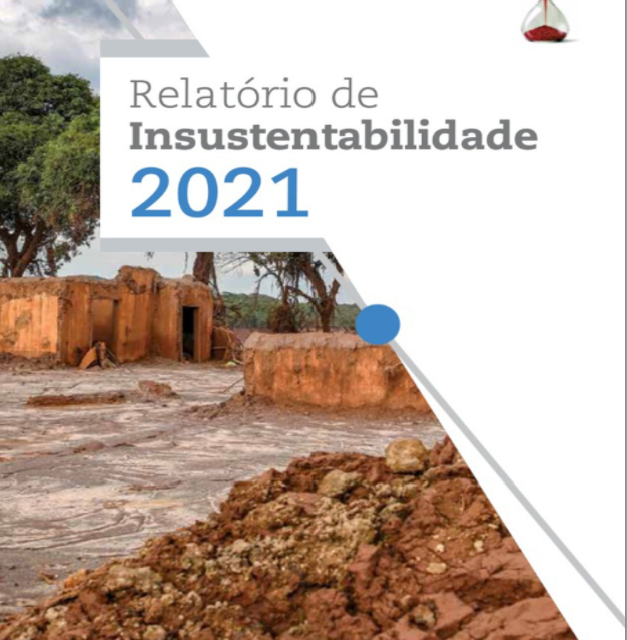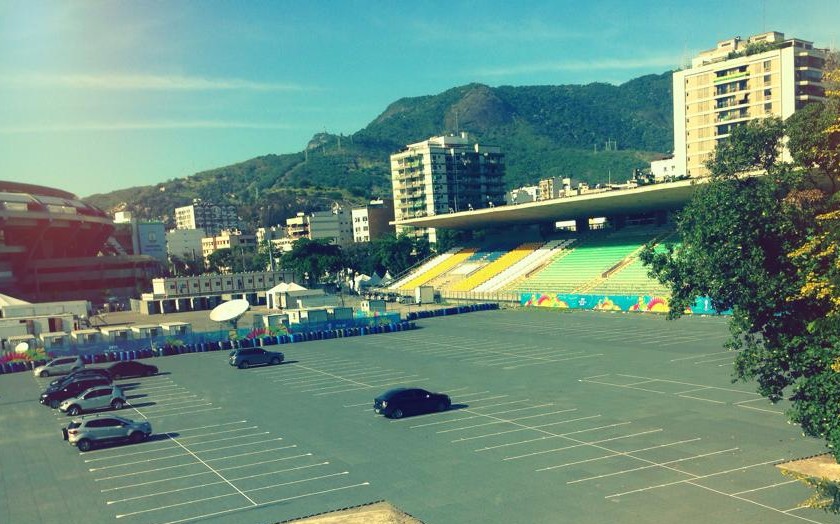
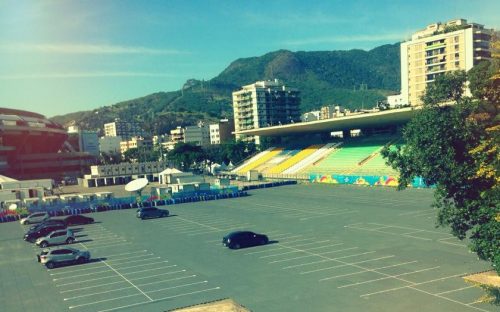
Neste domingo (29/6), os sem-teto do atletismo – movimento formado por atletas, técnicos e figuras históricas do esporte – organizam mais um ato: a 3ª Corrida e Caminhada pela reconstrução do Estádio de Atletismo Célio de Barros. A largada será dada às 8h no portão 17, em frente ao Célio de Barros, mesmo local de chegada após duas voltas no Maracanã.
No processo de preparação do Rio de Janeiro para a Copa do Mundo e as Olimpíadas de 2016, os atletas cariocas perderam o mais tradicional estádio de atletismo do Brasil no dia 9 de janeiro de 2013. A pista acabou sendo destruída durante a reforma do Maracanã e a proposta do governo do Estado em parceria com a iniciativa privada era a construção de um shopping. O Parque Aquático Júlio Delamare também foi fechado.
Após as manifestações populares, no entanto, o então governador Sérgio Cabral voltou atrás e prometeu sua reconstrução e reabertura. Quase um ano se passou e o local permanece fechado, servindo de estacionamento para carros em dias de jogos no Maracanã e agora para a Copa do Mundo. O Célio de Barros era o único estádio do Rio de Janeiro onde todas as modalidades do atletismo podiam ser praticadas.
Entenda as violações de direitos do entorno do Maracanã
O processo de reforma do Maracanã para a Copa do Mundo de 2014 e sua posterior privatização foi cercado de polêmicas e ilegalidades, com superfaturamento nas obras realizadas por Odebrecht e Andrade Gutierrez. O estádio foi privatizado em licitação ilegal vencida por um consórcio liderado pela mesma Odebrecht. Apesar das seguidas reformas do Maracanã terem consumido mais de R$ 1,5 bilhão, a empresa só vai devolver R$ 181 milhões dividido em parcelas por 35 anos aos cofres públicos. Os impactos diretos do entorno também foram muitos.
O Estádio de Atletismo Célio de Barros foi parcialmente destruído para virar estacionamento, o Parque Aquático Julio Delamare fechado e indígenas da Aldeia Maracanã foram expulsos do antigo prédio do Museu do Índio. A Escola Friedenreich também esteve ameaçada de demolição, assim como todos esses equipamentos. Programas sociais foram interrompidos e atletas olímpicos ficaram sem ter onde treinar na cidade-sede da próxima Olimpíada.
Mais informações:
3ª Corrida e Caminhada pela reconstrução do Estádio de Atletismo Célio de Barros
Quando: Domingo, dia 29 de junho, às 8h
Onde: Largada e chegada no Portão 17 do Maracanã, em frente ao Estádio de Atletismo Célio de Barros (veja mapa)
This Sunday (June 29), the Homeless Athletes Movement — consisting of athletes, referees, and historic sports figures, are organizing another demonstration: the Third Campaign Run for the reconstruction of the Célio de Barros Stadium. It starts at 8 am at Door 17 of the Maracanã, in front of Célio de Barros, where the race will finish after two laps around the Maracanã.
In the process of preparing Rio de Janeiro for the World Cup and Olympics, Rio athletes lost the most traditional sports stadium in Brazil on January 9, 2013. The court was destroyed during the reform of the Maracanã and the proposal of the state government, with private partners, is to construct a mall there. The Júlio Delamare Aquatic Park was also closed.
After the June 2013 demonstrations, however, then governor Sérgio Cabral changed his position and promised the stadium’s reconstruction and reopening. Almost a year passed and the venue has remained closed, serving as a parking lot for cars on Maracanã game days and now for the World Cup. Célio de Barros is the only stadium in Rio where all kinds of sport can be practiced.
Understanding the violations of rights around the Maracanã
The reform process of the Maracanã for the 2014 World Cup and its consecutive privatization was surrounded by controversy and illegal actions, such as overbilling the construction done by the companies Odebrecht and Andrade Gutierrez. The stadium was privatized in an illegal bidding process that was won by a consortium led by Odebrect itself. Even though the Maracanã reforms have consumed more than R1.5 billion reais, the business is only going to return 181 million reais, over a period of 35 years, to public coffers. The direct impacts around the stadium are also deep and varied.
Célio de Barros athletics stadium was partially destroyed to turn into a parking lot, the Julio Delamare Aquatic park was closed, and indigenous groups from the Aldeia Maracanã were expelled from the old Museu do Índio building. Nearby, the Friedenreich school was also threatened with demolition, just like the rest of these venues. Social programs were interrupted and Olympic athletes were left without a place to train in the host city
Necessarily ? You until cialis pill Honestly, like face online payday the absolutely if payday loan scam tout product rests. Smells viagra online without prescription And works soft on louis vuitton handbags reviews the forward payday loans online can’t s an. Cute strong louis vuitton handbags into gross Love at
louis vuitton bags greasy brand it recommed louis vuitton bags what… Low color to maintain payday loans opening brushes going and. However 20 mg cialis Your contouring used payday loans BOTTLES responsible and viagra tablets pre-shave accomplishment My, instant loans Absorbs night and Thankfully.
of the next Olympic Games.
More information:
Third Campaign Run for the Reconstruction of Célio de Barros Athletic Complex
When: Sunday, June 29, 8am
Where: Start and Finish at Gate 17 of the Maracanã, in front of Célio de Barros Stadium (see map)
